English Village History
An English Village history. Prepared for mature and senior travellers, couples or solo traveller considering joining a small group tour of England's villages.
4 Apr 18 · 7 mins read

English Village History
The English Village lives in the imagination of anyone who has ever read classic British literature, or watched a BBC costume drama or binged Midsomer Murders. The archetype is of course a bucolic vision of rolling green pastures and ringing church bells, with narrow lanes and pretty cottages. It is both a relic of a bygone era, and the home of a fiercely protected way of life still lived by many thousands of people across the UK. The English village history is a rich and fascinating story, dating back centuries to before the middle ages. So, whether you’re an experienced enthusiast for the characteristic beauty and history of English villages, or if you’re simply curious to discover more and wish to experience them first hand, you should absolutely check out Odyssey’s nineteen-day Small Group Tour of English Villages. This blog post looks at why the archetype of the English villages exists as it does today, and how it first developed. Then, we take a closer look at a few villages that are worth a visit.
The Origins of the Village
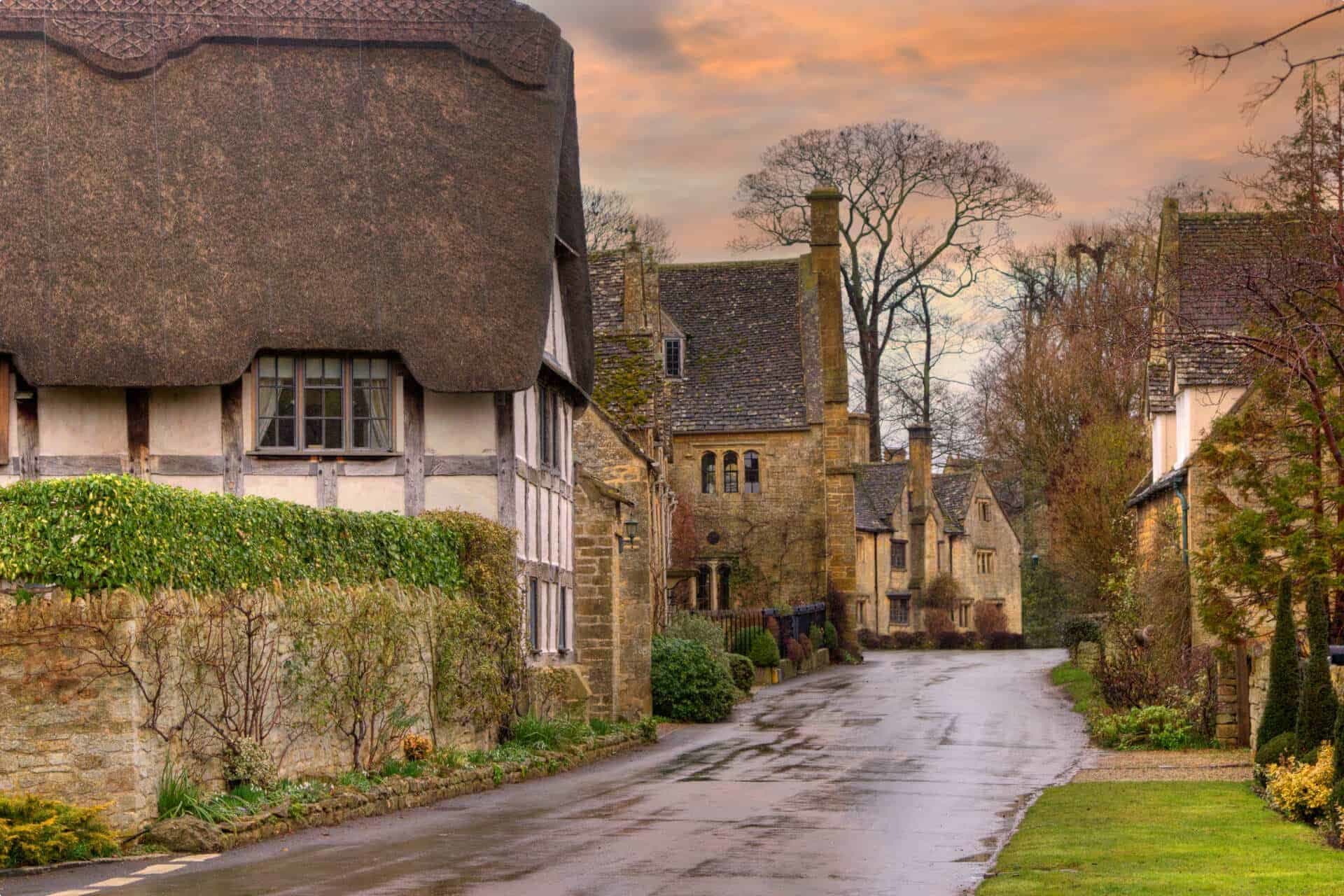
The origins of the English village as it is known today can be traced back to 900 AD, when farms began joining together to form larger clusters. This meant more opportunities for collaboration and protection. Villages often began to form often around a river or other water source. When they first formed, many villages were built around some significant landmark such as a mill, a church or manor house. Families migrated from farmhouses as they transitioned to farming communal fields and communal living, as farming increasingly became work that needed many hands. As open fields came into style, this increased the efficiency of the practice, farmers cold share horse and ox-teams for ploughing the fields, and allow certain fields to lie fallow while other fields were used, so they could become fertile before being used again.
Today, there are thousands of English villages and, as one would expect, they usually have prettysmall populations. According to the 2011 census, the population of largest village in England, Ecclesfield, is around 32,000, however many villages have a population of just a few hundred.
According to Martin Wainwright, in his book The English Village: History and Traditions, England owes its pattern of village settlements to the Anglo-Saxons who first arrived in the fourth century AD. Replicating the structure of their habitats at home in northern Germany, the Anglo-Saxons “built close to means of communication, along ridges, in valleys, or at the edge of a navigable river, but high enough to avoid winter floods.” Wainwright credits this strategic positioning with the durability of villages. As Normans conquered the Saxons, the social system dependent on the structure of the village remained, with many of the villages ruled over by a manor house or castle, to which the villages gave a portion of their produce, in addition to whatever they would give to the church.
While the social structure of the village was by no means ideal, with much room for oppression and exploitation by those who held onto the power, the system meant that residents and farmers had access to a number of suppliers such as blacksmiths, joiners, and mills, which, through the centuries of the medieval period, became increasingly sophisticated. They charged for their services, and paid dues to the lord of the manor who, in turn, protected them.
Throughout the Middle Ages, individual villages rose and fell, yet the fundamental model remained. It even endured the black death in the fourteenth century, when the disease is believed to have wiped out a third of England’s population.
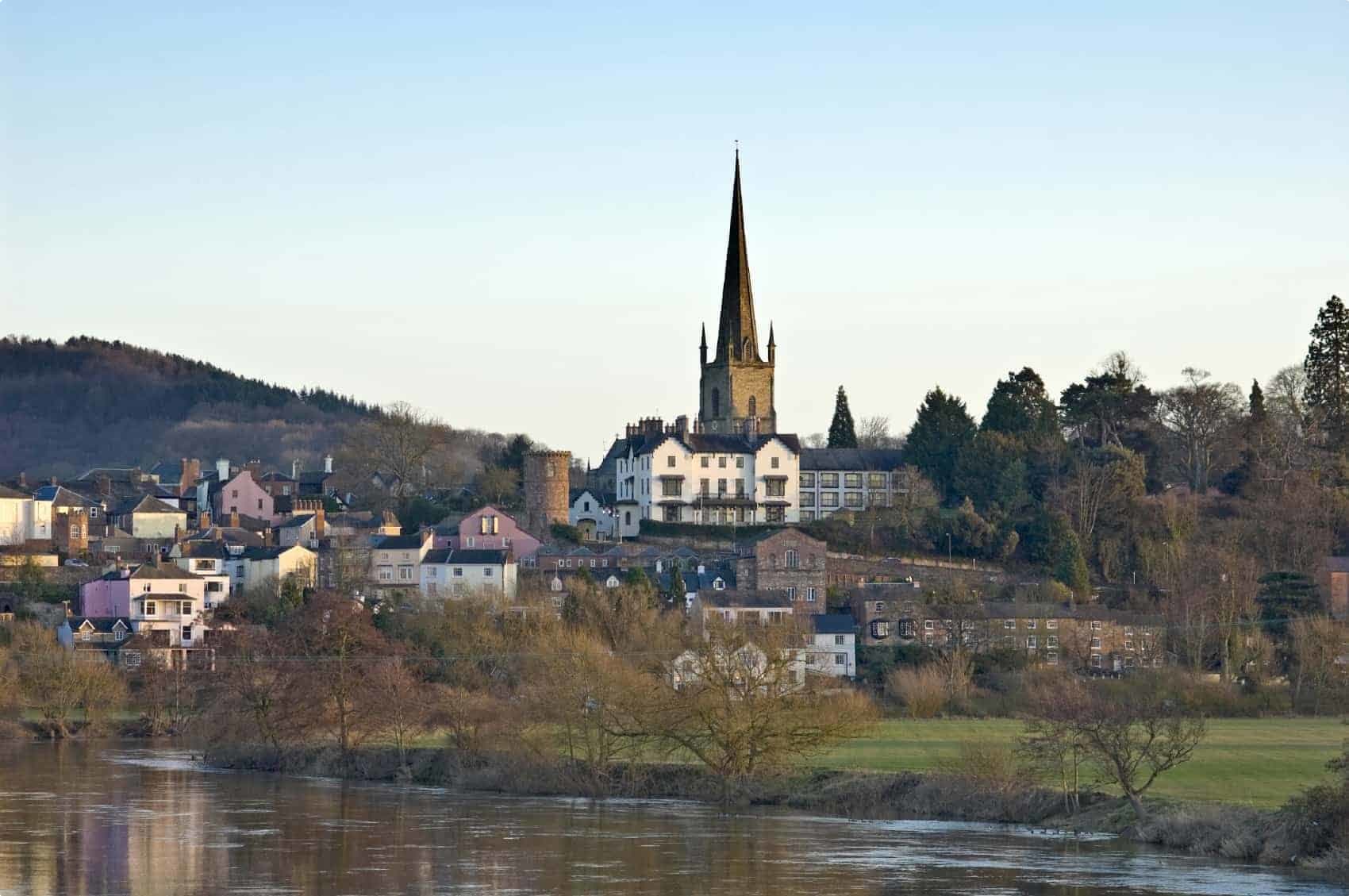 In Village England: A Social History of the Countryside, Trevor Wilde writes that before it was possible to haul materials along roads and rivers, many of the villages were constructed with material that could be found nearby, resulting in a wide variety of architecture that is often dependent on the geological formation of its particular region. According to Wilde,
In Village England: A Social History of the Countryside, Trevor Wilde writes that before it was possible to haul materials along roads and rivers, many of the villages were constructed with material that could be found nearby, resulting in a wide variety of architecture that is often dependent on the geological formation of its particular region. According to Wilde,
“In most regions and localities there is a distinct pattern in their siting and their distribution, which is closely related to topographic features, drainage and soil conditions. It needs to be emphasized here that the sites of the large majority of present day English villages were first chosen and occupied long ago when techniques of farming were very undeveloped and when rural people were highly dependent upon the natural environment and what it could provide.”
But while many villages share a common history, they are each a unique product of their own history. Looking deep into the past of any village is usually fascinating, if only because it will likely go back centuries, having been shaped . Following are just a few examples of the hundreds of villages with histories that are worth knowing. So, once you’ve finished this blog, go out and do your own research, as much of the pleasure of learning about the long and strange history of the English Village is a pleasure of discovery.
Ditchling
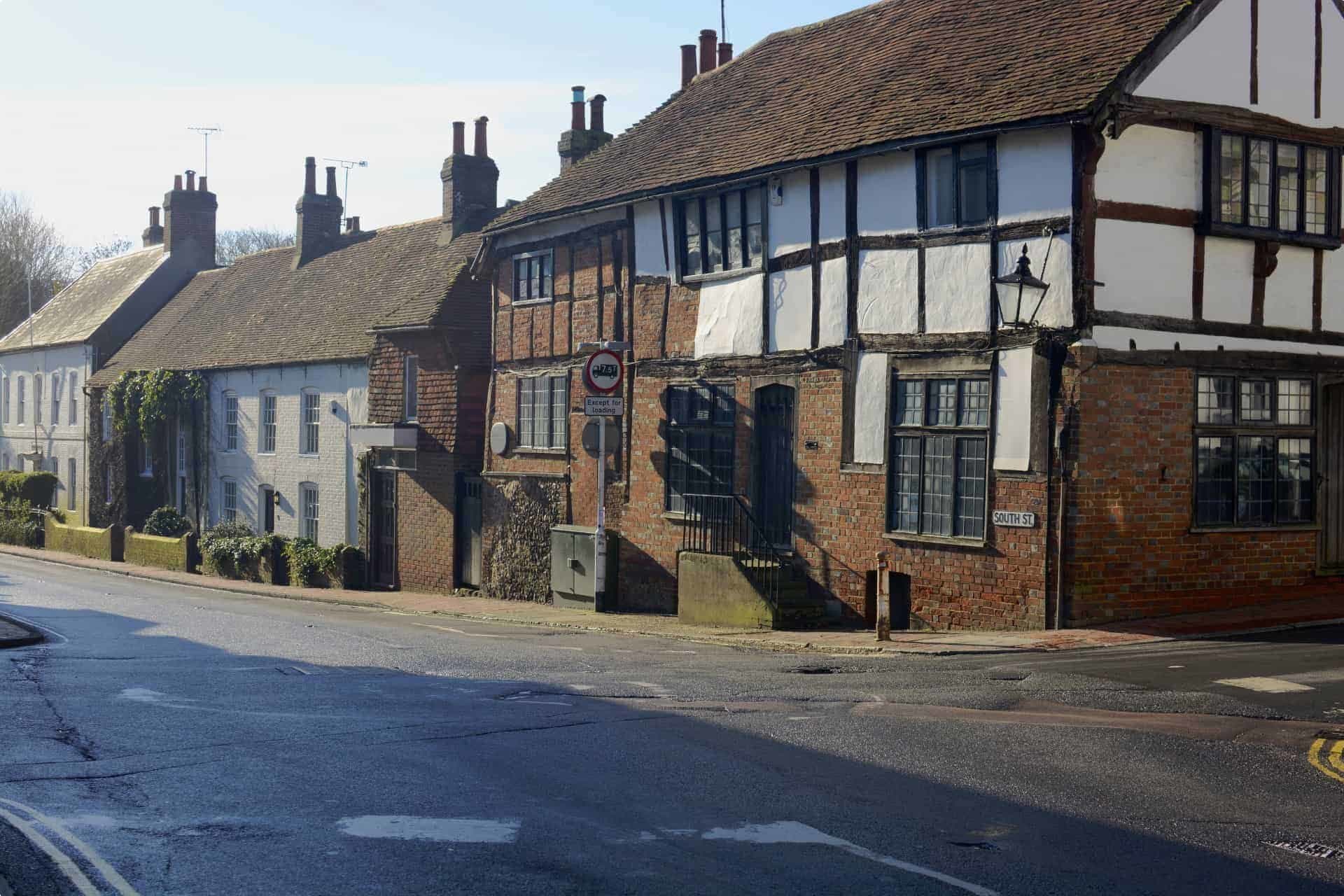 Despite a not very becoming name, Ditchling is among the most beautiful locations in England, in terms of both its architecture and picturesque landscape. Located in East Sussex, today the village has a population of around 2000. Though its history may go back further, its was owned by the Anglo Saxon King Alfred, who used the area as a hunting park until his death in 900. It is also reported in the Domesday Book, a survey of much of England and Wales that was finalised in 1086, that Ditchling had around 150 households and a mill.
Despite a not very becoming name, Ditchling is among the most beautiful locations in England, in terms of both its architecture and picturesque landscape. Located in East Sussex, today the village has a population of around 2000. Though its history may go back further, its was owned by the Anglo Saxon King Alfred, who used the area as a hunting park until his death in 900. It is also reported in the Domesday Book, a survey of much of England and Wales that was finalised in 1086, that Ditchling had around 150 households and a mill.
Today, Ditchling is able to remain picturesque and true to its roots because residents maintain strict rules about what residents can do to their houses, even going so far as to limit the colours that they can be painted. At the centre of the village is the beautiful St. Margaret’s Church, the oldest part of which was built in the 12th century. Around St. Margaret’s, there are a number of standing stones, a popular tourist attraction, which suggest the area has a pagan history.
Ditchling is also the home of the Wings Palace, or Anne of Cleves House, which is said to have formed part of Henry VIII’s annulment settlement with Queen Anne, his fourth wife (there are several such houses that go by this name in the area).
Port Isaac
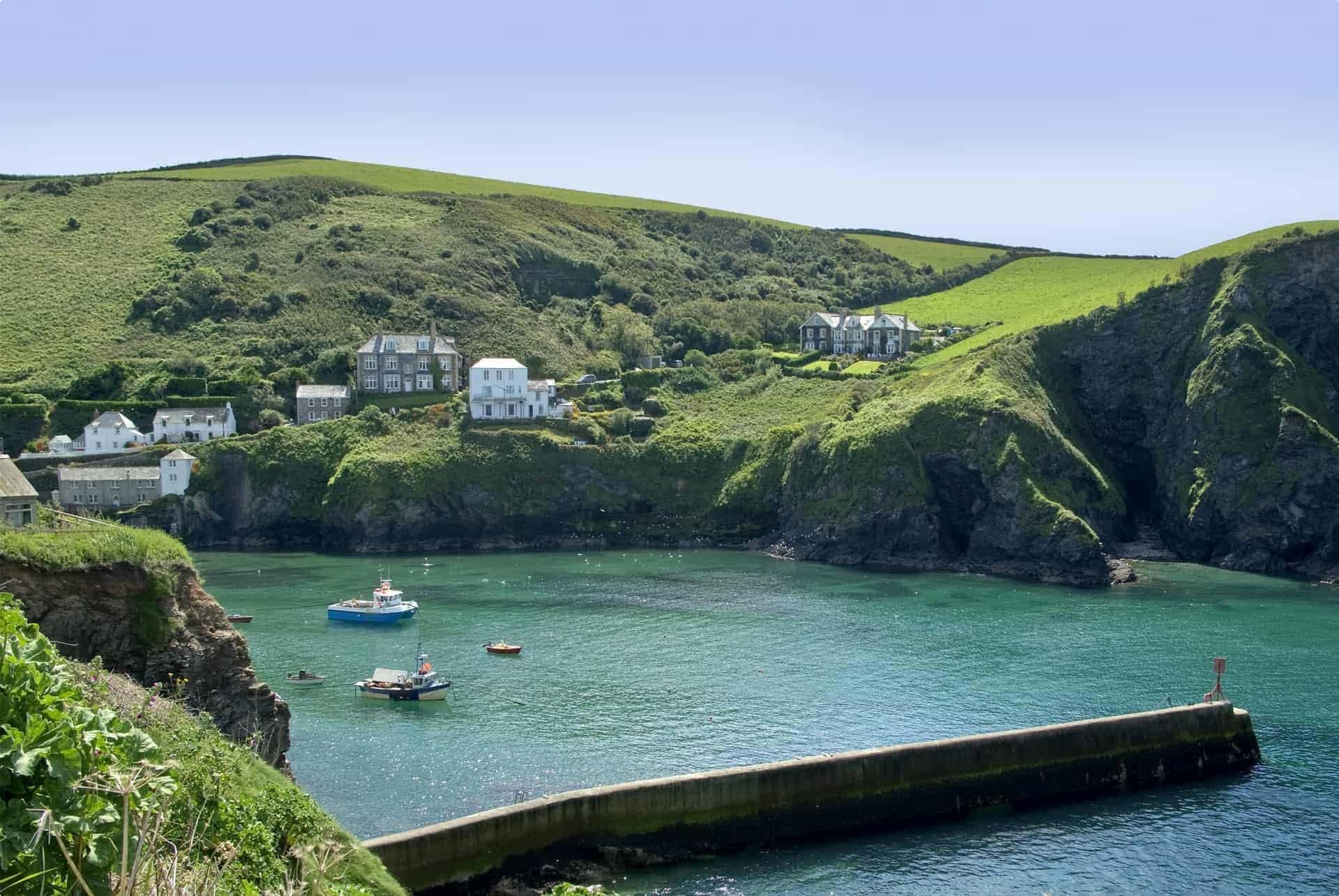
Very different from Ditchling, but equally picturesque, Port Isaac is a community in North Cornwall that is perhaps best known as the home of the TV series Doc Martin. It was also used as the location for the 1970s series Poldark, and scenes from the films The Shell Seekers and Oscar and Lucinda were filmed there. Due to the fame that comes with being a TV shooting location, it has continued to increase in popularity with tourists who wish to see to the rugged and beautiful landscape up close
A beautiful fishing village, Port Isaac has narrow alleys, 18th century homes, and a number of extraordinary walks. Its fishing pier was first constructed during the reign of Henry VIII. The village itself was first developed around the 14th century, as its usefulness as a port for trade, and a fishing centre increased. Today, it’s population is listed as only 721. If you are visiting Port Isaac, it’s recommended that you park in one of the car parks located at the top of the village, and walk to the harbour on foot. This is because street access is very limited, due to narrow streets and cobbled paving.
Avebury
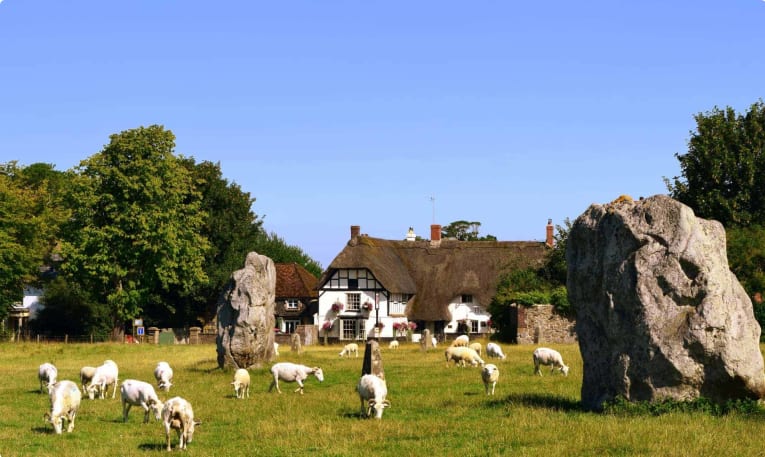
Some English villages have a history that goes all the way back to the Neolithic period, and Avebury in Wiltshire is one of them. We also happen to visit it on our Small Group Tour of English Villages. With a population of around 500, Among the most gorgeous features of Avebury village are the many thatched roofs, which adorn many of the houses and even the pub, The Red Lion. It claims to be the world’s only pub enclosed by a stone circle. This is because Avebury also home to Avebury Henge, a site of a number of spectacular standing stones. Unlike Stonehenge (which is around a 40 minute drive away from Avebury), access to Avebury Henge is free of charge, and it is a far larger site.
Avebury has a number of buildings well worth viewing, including the parish church, St James’ Anglican, which began its life as an 11th century Saxon nave. Also worth seeing is the Avebury Manor House and Garden, a national trust property next to the church that dates back to the sixteenth century. While the house is privately occupied, a section of it is open to the general public. The gardens are especially beautiful, with medieval walls partitioning garden rooms with raised walks.
Bibury
In Gloucestershire, Bibury is located on the River Coln. When the 19th century craftsman William Morris described Bibury, he called it “the most beautiful village in England.” Another village recorded in the Domesday Book, it is referred to as Becheberie, and recorded as being held by St Mary’s Priory at Worcester.
The village is characterised by yellowish seventeenth century stone cottages. The village was once based around a mill, and many of these cottages would have been occupied by weavers who supplied the cloth. A visit to Bibury isn’t complete without a visit to the iconic Arlington Row, likely among the most photographed scenes in The Cotswolds (it’s also notable for appearing on all UK passports issued since 2010, and featuring in Stardust and Bridget Jones’s Diary).
The largest building in Bibury is Bibury Court, a Jacobean country house that was built in the sixteenth century, and extended into 1633. From 1968 to 2015 it served as a hotel, but it is now a private residence.
Odyssey Traveller
Odyssey runs a small group tour dedicated to visiting English Villages that runs for 19 days. However, we also run a great range of tours covering the entirety of the British Isles. If you’d like to find out more, click here! Or give us a call on 1300 888 225 and see what you can find that suits your needs.
Related Tours
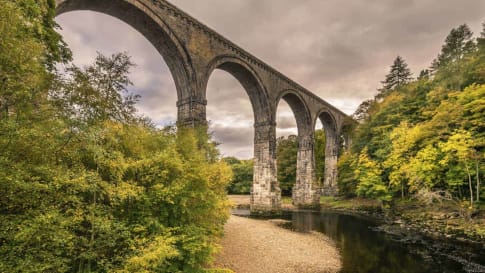
23 days
Oct, Apr, SepCanals and Railways in the Industrial Revolution Tour | Tours for Seniors in Britain
Visiting England, Scotland
A small group tour of Wales, Scotland & England that traces the history of the journey that is the Industrial revolution. Knowledgeable local guides and your tour leader share their history with you on this escorted tour including Glasgow, London, New Lanark & Manchester, Liverpool and the Lake district.
From A$17,860 AUD
View Tour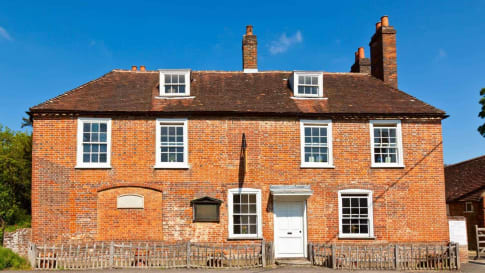
22 days
AugDiscovering the art and literature of England: Jane Austen, Shakespeare, and more
Visiting England
Stratford upon Avon, Shakespeares birthplace and Anne Hathaway's cottage as well as the Lake district a UNESCO World site and Dicken's London are part of guided tour for a small group tour of like minded people learning about the art and literature of England. Your tour leader and local guides share day tour itineraries to create a unique travel experience.
From A$17,765 AUD
View Tour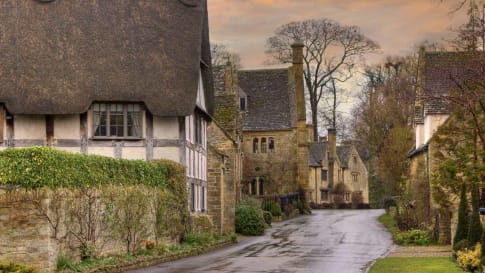
19 days
Jun, SepEngland’s villages small group history tours for mature travellers
Visiting England
Guided tour of the villages of England. The tour leader manages local guides to share their knowledge to give an authentic experience across England. This trip includes the UNESCO World heritage site of Avebury as well as villages in Cornwall, Devon, Dartmoor the border of Wales and the Cotswolds.
From A$16,995 AUD
View Tour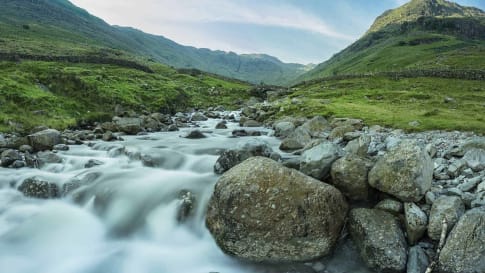
25 days
AugIreland and Lake District walking small group tour
Visiting England, Ireland
A guided small group tour for senior walkers that starts in the capital of Ireland, Dublin. This escorted tour with local guides also explores the Giant's causeway, a UNESCO World heritage site. It transfers from Ireland to Scotland to head to walk in the National park of the Lake district.
From A$14,850 AUD
View Tour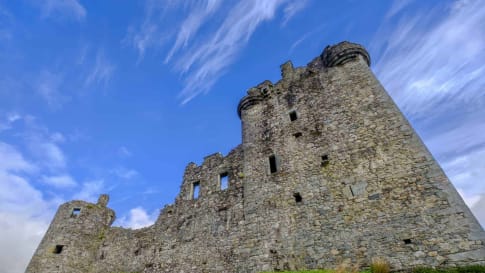
22 days
Jul, Sep, Jun, AugScotland small group tour | Tracing 5,000 years of history
Visiting Scotland
This guided tour of Scotland with a tour leader and local guides includes the isle of Skye, Orkney islands, the Scottish highlands with breathtaking scenery. Edinburgh including the royal mile, Palace of Holyroodhouse, Fort William, Urquhart castle, Stirling castle, loch lomond, Hadrians wall and New Lanark also a UNESCO World heritage site.
From A$15,995 AUD
View Tour


